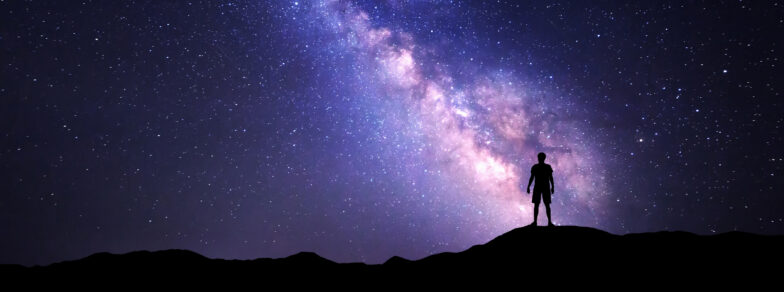Using Gravitational Lenses to Date the Universe
When writing to the Corinthians, Paul exhorts them that “every fact is to be confirmed by the testimony of two or three witnesses”. Although Paul’s advice was spoken in a more judicial sense, scientists incorporate this principle into their investigations of the created realm. Not only do scientists demand reproducibility and verification by independent researchers, they also seek to find multiple independent lines of evidence that lead to the same conclusion. Investigations of the age of the universe demonstrate how this principle manifests itself.
The expansion of the universe after the big bang creation event affects various observable quantities in the universe. It changes the appearance of the cosmic microwave background radiation, alters the brightness of distant supernovae, and modifies the way galaxies cluster together. Consequently, scientists can determine the composition and history of the universe by analyzing the relevant observations. For a more detailed description of how this works for the CMB, see this article on measuring cosmological parameters.
Thus far, all evidence from these sources points to a universe exhibiting a Hubble constant near 70 (km/s)/Mpc and composed of normal matter (~4%), exotic dark matter (~22%) and dark energy (~74%). Now a new witness bears testimony on these quantities: gravitational lensing.
A strong gravitational lens like B1608+656 generates multiple images of the distant object. The light from each image takes different lengths of time to arrive at our telescopes. By correlating the arrival times of different images, astronomers can determine the distance to both the lensed object and the galaxy doing the lensing. They can also extract information about the size and expansion history of the universe. Analyzing deep Hubble Space Telescope observations of B1608+656, an international team of scientists calculated a Hubble constant equal to 70.6 +/- 3.1 (km/s)/Mpc.1 This represents an increased precision by more than a factor of two and corroborates measurements using other techniques.
This value for the Hubble constant and the composition of the universe correspond to an age of 13.75 +/- 0.17 billion years. This age affirms other independent measurements using old stars and the age of the elements. With so many cosmic witnesses giving testimony—and all their testimonies agreeing—we can be confident that we live in a 14-billion-year-old, big bang universe.





